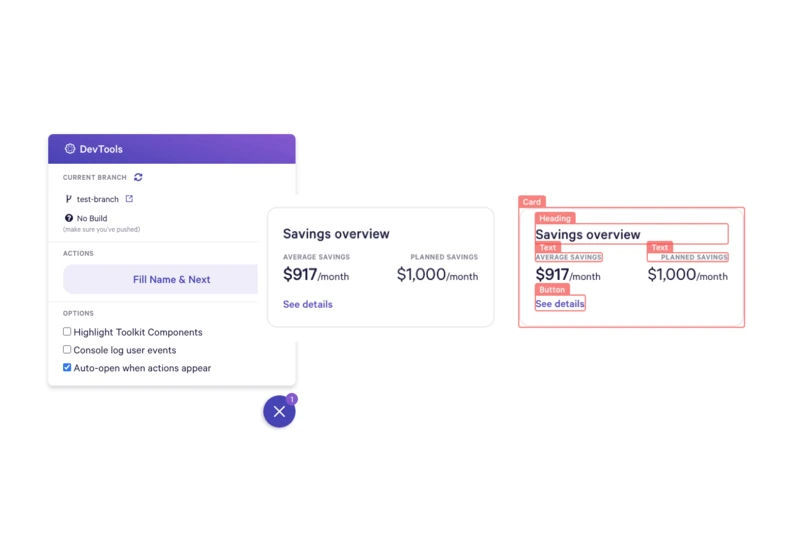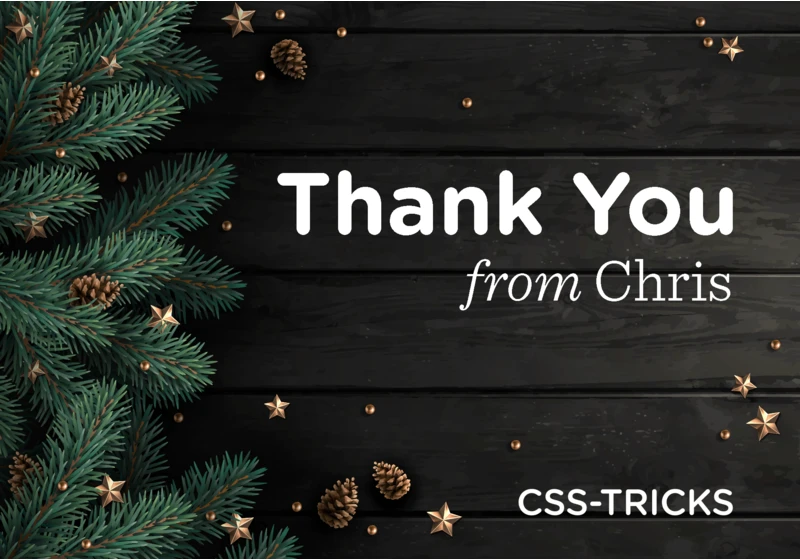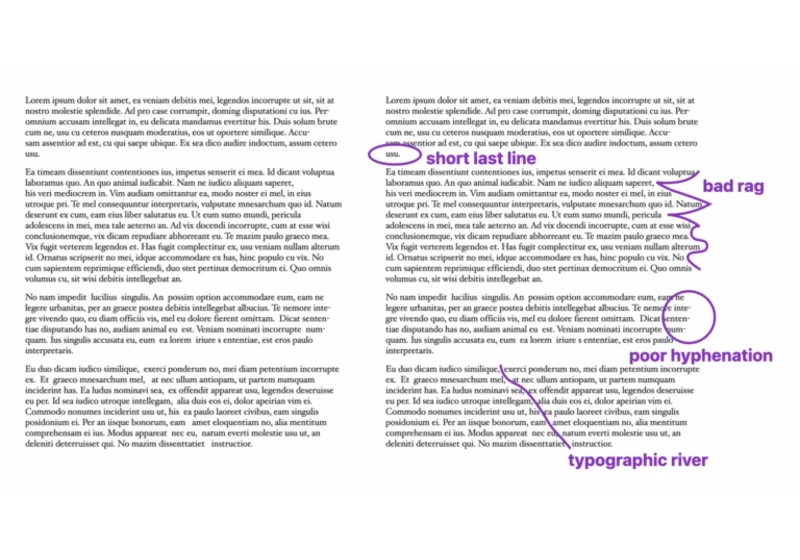
Here’s a fun idea from James Stanley: a CSS file (that presumably updates daily) containing CSS custom properties for “seasonal” colors (e.g. spring is greens, fall is oranges). You’d then use the values to theme your site, knowing that those …
The post Custom Properties as State appeared first on CSS-Tricks. You can support CSS-Tricks by being an MVP Supporter.

Hasura is one of my favorite ways to create a managed GraphQL API for my applications. I find it easy and straightforward as well as suitable for a wide range of use cases. However, since working with Hasura, I’ve seen …
The post Creating Arrays in Hasura appeared first on CSS-Tricks. You can support CSS-Tricks by being an MVP Supporter.

I come to bury Flash, not to praise it, writes Matt May in this excellent thread about the end of Adobe Flash. Not so long ago, web designers used Flash to create striking visuals and animations and games. But …
The post The End of Adobe Flash appeared first on CSS-Tricks. You can support CSS-Tricks by being an MVP Supporter.

Spencer Miskoviak on the Wealthfront blog:
By creating custom DevTools specific to an app, they can operate at an even higher abstraction to handle things like user interactions, or debugging tracking events. While this requires building and maintaining the
…
The post Make Your Own Tools appeared first on CSS-Tricks. You can support CSS-Tricks by being an MVP Supporter.

Adam Argyle has a post over on web.dev digging into this. He starts with the assumption that you need to do vertical centering and horizontal centering. It’s that vertical centering that has traditionally been a bit trickier for folks, particularly …
The post Centering in CSS appeared first on CSS-Tricks. You can support CSS-Tricks by being an MVP Supporter.

Heck of a year, eh? Like we do ever year, I’d like to give you a huge thanks for reading CSS-Tricks, and recap the year. More downs than ups, all told. Here at CSS-Tricks, it was more of a …
The post Thank You (2020 Edition) appeared first on CSS-Tricks. You can support CSS-Tricks by being an MVP Supporter.

Eleventy is increasing in popularity because it allows us to create nice, simple websites, but also — because it’s so developer-friendly. We can build large-scale, complex projects with it, too. In this tutorial we’re going to demonstrate that expansive capability …
The post Give your Eleventy Site Superpowers with Environment Variables appeared first on CSS-Tricks. You can support CSS-Tricks by being an MVP Supporter.
https://css-tricks.com/give-your-eleventy-site-superpowers-with-envir

The goal of Client Hints is to provide a framework for a browser when informing the server about the context in which a web experience is provided.
HTTP Client Hints are a proposed set of HTTP Header Fields for proactive
…
The post 3 Steps to Enable Client Hints on Your Image CDN appeared first on CSS-Tricks. You can support CSS-Tricks by being an MVP Supporter.
https://css-tricks.com/3-steps-to-enable-client-hints-on-your-image-cdn/

Me, I really dislike FOUT. I like that it’s an option, because not displaying text quickly on the web is no good. I know font-display: swap; is popular because it’s good for performance, but that FOUT stuff pains me. Matt …
The post A font-display setting for slow connections appeared first on CSS-Tricks. You can support CSS-Tricks by being an MVP Supporter.
https://calendar.perfplanet.com/2020/a-font-display-setting-for-slow-connections/

The WebKit blog details how to use individual CSS Transform properties in the latest version of Safari Technology Preview. This brings the browser in line with the CSS Transforms Module Level 2 spec, which breaks out the translate(), …
The post CSS Individual Transform Properties in Safari Technology Preview appeared first on CSS-Tricks. You can support CSS-Tricks by being an MVP Supporter.
https://css-tricks.com/css-individual-transform-properties-in-safari-technology-preview/


